

 TERRY SMITH looks into the use of the ubiquitous shunter.
TERRY SMITH looks into the use of the ubiquitous shunter.
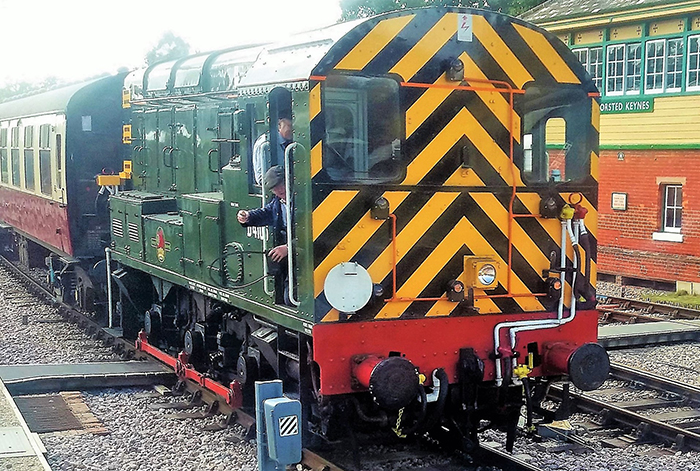
This Gronk, actually an 09, is a preserved version on the Bluebell Railway. Even on such lines, seeing it on passenger duty is very rare. This was due to a steam engine failure at Sheffield Park.
“Gronk” was the nickname given to a certain class of BR Diesel shunter by rail enthusiasts; I have no idea why, so answers on a postcard please! While the name is associated with the 08, it was also applied to the near identical Class 08/9, 09 and 13 locomotives. A total of 996 of these shunters were produced, making it the most common locomotive ever to run on British Railways.
First introduced in 1952, and with a ten-year production life, it was manufactured at Crewe, Darlington, Derby, Doncaster, and Horwich Works. Most had a 350h.p. diesel engine which gave the locomotive a top speed of 15mph. This slow speed was due to its very lower gearing which allowed it to pull whole trains of coaching or freight stock, during shunting duties.
They were seen at most larger stations to help move or arrange coach formations, and of course in goods yards, where shunting goods wagons was its only function. Very occasionally they were pressed into service; one such example was on the Kemptown branch out of Brighton, but this was a rare situation due to the locomotive’s slow speed.
Over the last 20 years there has been a decline in the need for shunting, with the expanding introduction of E/DMUs and of fixed raked freight stock. Of the almost 1000 produced there are still around 100 running today, used by most of the current day operators. There are also about 70 in use on preserved lines, so current and future generations can enjoy seeing this useful little engine in operation.
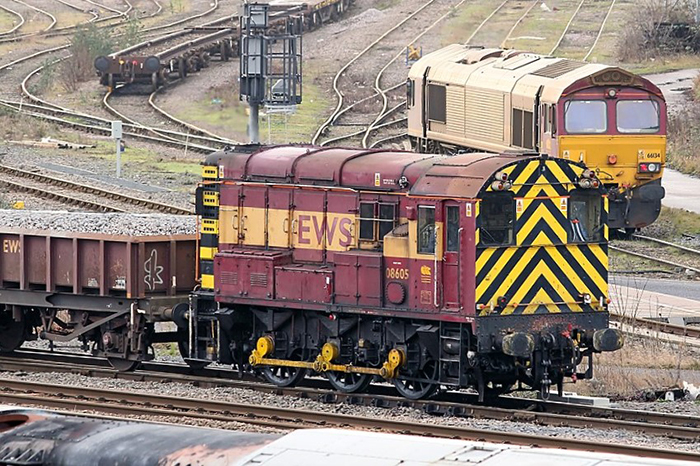
No Locomotive has worked harder for so long on Britain’s railways and Gronks are still seen today with around 100 left in operation.
During the 1950s onwards, the Gronk was one of the few locomotives that were operated by all regions of BR, so a model can be justified on almost any BR model railway layout. In model form it has been produced by many companies dating back to the 1950s, with Rovex (Tri-ang) first on the market with R152. This was initially available in black with the earlier BR crest, but as time went on it was also sold in green, maroon and in BR blue. It was pretty crude though, as it used the same chassis as found under the RX motored Rovex 2F Jinty locomotive, and therefore did not have the outside frames found on the real locomotive.
The latter was put right when firstly Hornby Dublo, and then later Wrenn, released their outside framed models in the late 1950s and early 60s. In the 1970s we had the Lima version, which was also fitted with the correct outside frames.
In 2000, Bachmann decided it was time to bring out an up to date version of the iconic little shunter, and what a model it was! It was super detailed and with its ultra-low gearing and used with a good quality controller (like those offered by Gaugemaster) it could move at a snail’s pace, befitting the real locomotive. Modellers thought with such a great product no one else would want to try to challenge the Bachmann offering, but Hornby had other ideas and did their best to uncrown the ‘King’. Did they do it? Well many believe both products have their benefits, but the opening driver doors and back head detail on the Hornby product were some of the best ever. Of not such a higher quality and again going back to an inside framed chassis, is the budget Railroad version from Hornby which has been so popular with beginners to the hobby in the last 10 years.
The popularity of the locomotive has also seen it manufactured in the other two popular RTR scales as well. Since the 1960s, Graham Farish have produced an N Scale version. This, like some of the OO Scale Hornby offerings were not fitted with the outside frames, but recently the company have now released a super-detailed version putting this right.
The O Scale modeller has been treated to a fabulous version of the 08 by Dapol, which is still being released in all the popular liveries.
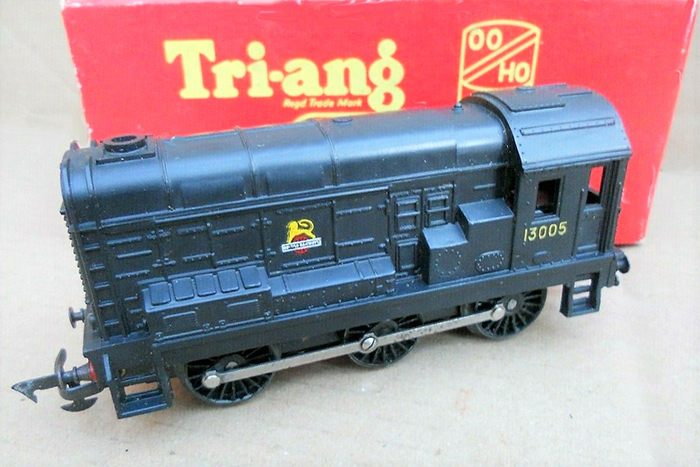
Introduced back in the mid-1950s, this is the Rovex Diesel Shunter. While looking like an 08, some say it based on the pre-war LMS design. Note use of the OO Jinty chassis.
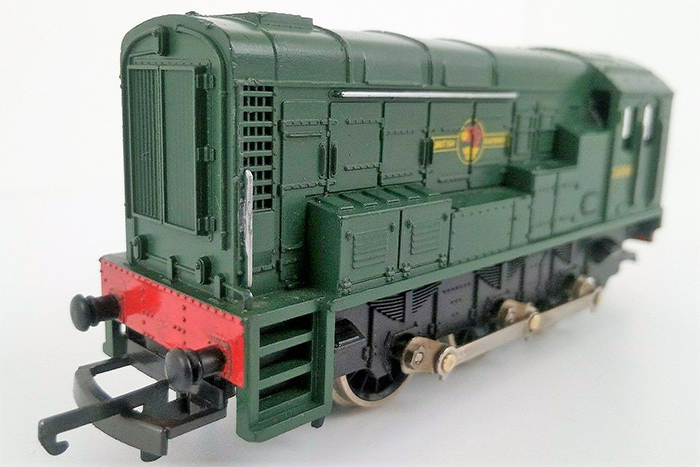
In the 1970s, Lima gave us a better looking and correct outside frame version. Although an improvement over earlier OO offerings, it was still crude by today’s high RTR standards.
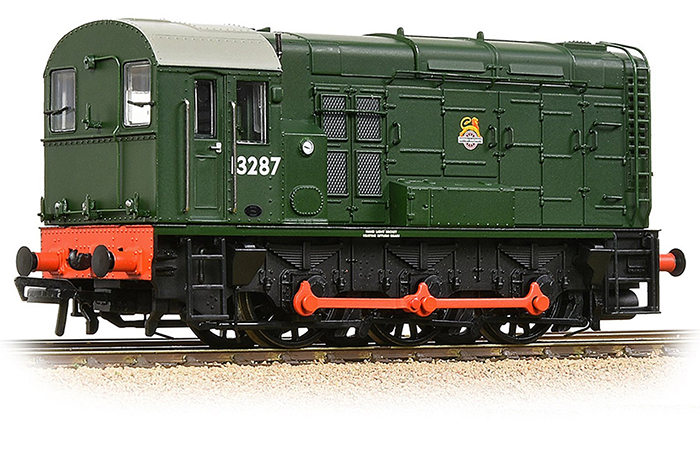
The game changer was this super detailed and super slow running model from Bachmann. Released just after the turn of the Millennium, it set new standards in OO RTR models.
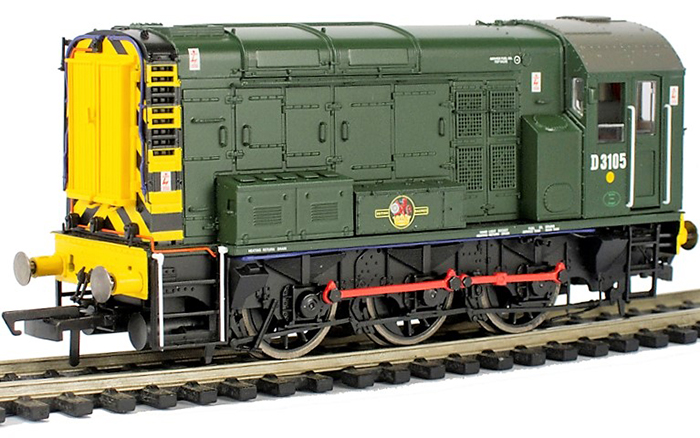
Well, Hornby had other ideas and some years later released their version complete with opening cab doors. They were also available digitally fitted with sound.
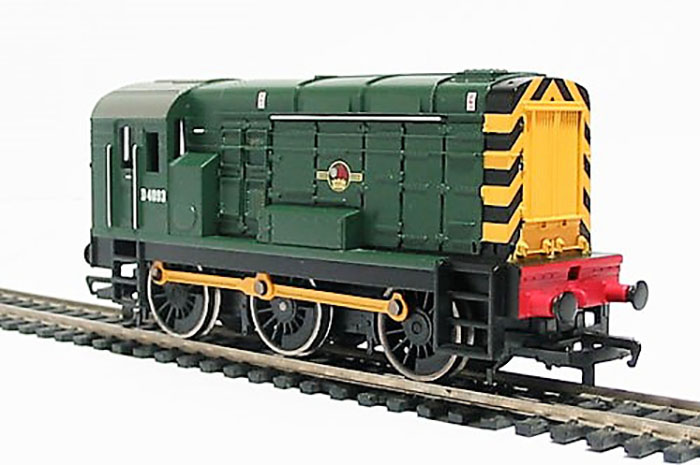
Hornby have also decided to bring out a budget version using a steam 0-6-0 chassis. As part of the Railroad range, it is attractive and great value.
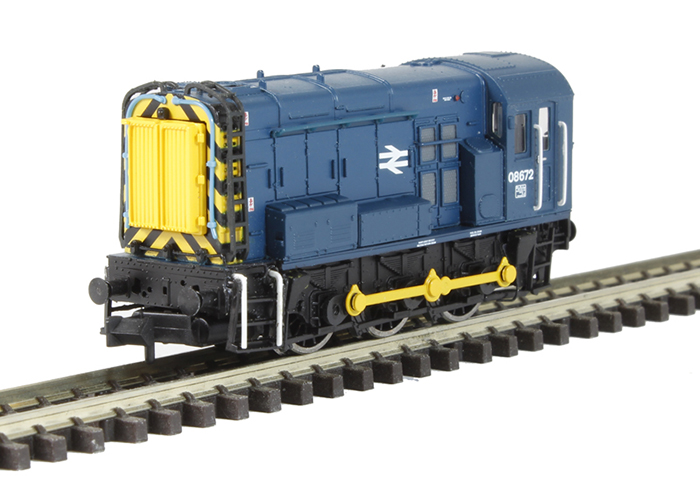
This one is tiny! It is the latest super detailed version of the 08 in N Scale by Graham Farish. After years of producing their outside frame version they certainly gave this model the detail it deserved.
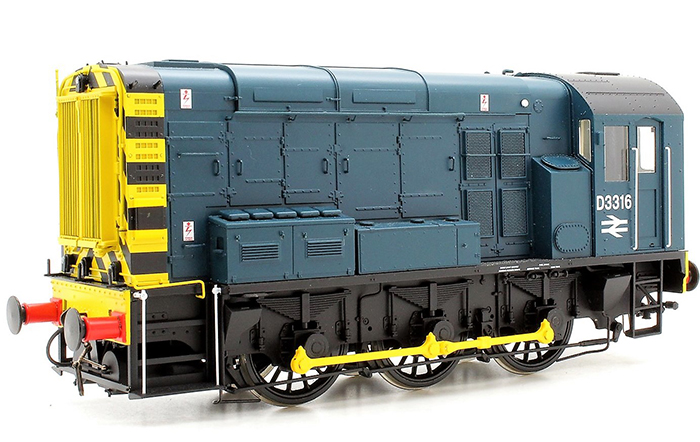
Like your 08s large? Then look no further than this O Scale model from Dapol. This great value yet wonderfully detailed model can be used on a small layout as an introduction to working in this larger scale.
Click Here to view the current offerings of Class 08s in our ranges.